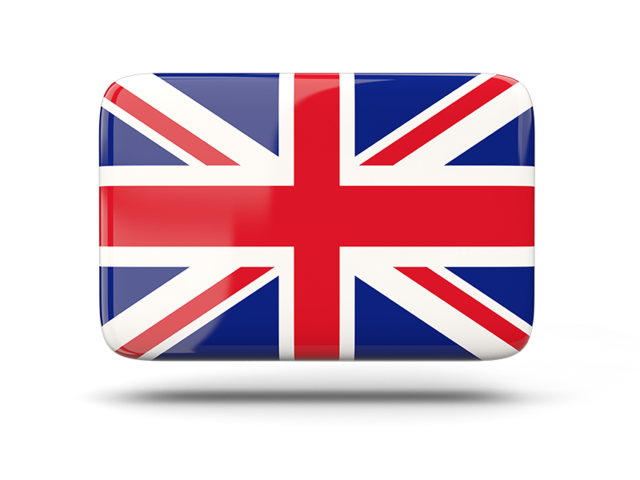Sponge-like Chitosan Based Porous Monolith for Uraemic Toxins Sorption
More than three million patients are treated for kidney failure world-wide. Haemodialysis, the most commonly used treatment, requires large amounts of water and generates mountains of non-recyclable plastic waste. To improve the environmental footprint, dialysis treatments need to develop absorbents to regenerate the waste dialysate. Whereas conventional dialysis clears water-soluble toxins, it is not so effective in clearing protein-bound uraemic toxins (PBUTs), such as indoxyl sulfate (IS). Thus, developing absorption devices to remove both water-soluble toxins and PBUTs would be advantageous. Vapour induced phase separation (VIPS) has been used in this work to produce polycaprolactone/chitosan (PCL/CS) composite symmetric porous monoliths with extra porous carbon additives to increase creatinine and albumin-bound IS absorption. Moreover, these easy-to-fabricate porous monoliths can be formed into the required geometry. The PCL/CS porous monoliths absorbed 436 ?g/g of albumin-bound IS and 2865 ?g/g of creatinine in a single-pass perfusion model within 1 h. This porous PCL/CS monolith could potentially be used to absorb uraemic toxins, including PBUTs, and thus allow the regeneration of waste dialysate and the development of a new generation of environmentally sustainable dialysis treatments, including wearable devices.

» Author: Siyu Xiong
» Reference: doi: 10.3390/nano11092247
» Publication Date: 30/08/2021



 High quality methylal from non-recyclable plastic waste by an improved Catalytic Hydro-Gasification Plasma(CHGP) process
High quality methylal from non-recyclable plastic waste by an improved Catalytic Hydro-Gasification Plasma(CHGP) process

